|
This was an inspiring happening last Thursday evening which used the exhibition Imago - A dragonfly in motion as a focal point for an expansive discussion on the importance of connectivity and dialogue between Art and Science. Panelists were- Dr. Katy Barrett, Curator of Art Collection, Science Museum. Dr Huai-Ti Lin, Principal Investigator, Lecturer in Neural Engineering & Bio-robotics, Imperial College. Myself- Oliver Smart, Artist, Puppeteer. The Chair was Dilys Maltby, Founder & Senior Partner, Circus. A heart-felt thanks to all who were involved in and attended this wonderful celebration of the poetic and the analytical. In particular I wish the thank Bonnie Gibbons and the team at Circus for making this happen. (A big thank you also to Dr Ben Price, Head Curator of Small Orders, Natural History Museum, who, although absent from this particular discussion, was very much present as a true collaborator within the Imago project.)
0 Comments
The peculiar position where the self-same tools used, utilised, designed, exploited towards the potential mechanisation of the human then turned towards the human and the poetic, the original, the exceptional. This off-shoot of mechanisation.
A machine orientated process, the tooling, this studio with these working as an artisan toward essence, the capturing like one fishing, searching then across, finding what this is that I am towards in the broader context and how the apparently similar behaviour when performed in a different place and time is for a different and separate reasoning. The puppet and the mechanisation, this remains still very much human, this is perhaps related for me toward my continual affinity with this medium and outlook. Does puppetry have and hold the connection to a human animator so delicately and intimately? This medium shares with automata and its history the first part principle within the use and function in ritual and spirit for millennia perhaps where they depart is of equal significance and greater. Puppetry denies less and less the presence of its human operator/puppeteer/animator, the presence and illusion of autonomy is incorporated in the devise of the puppet. The puppet is more related to a prosthetic limb, another part a separate extension of the puppeteer/human. The movements are obviously related to that human, the mechanism expresses from the body (and soul) of the performer, where the viewer is also this performer our action is celebrated through the interface, mechanical then the expression. The mechanism is an augmentation of us and how we are and be, which is enhanced and channeled to another created body. Through pieces such as Dragonfly-Imago the viewer is also the puppeteer whose simple physical action is filtered through mechanism to produce the movements of the dragonfly. This connection is blatantly obvious, this connection is irrefutable and undeniable. The body mechanical of the dragonfly is animated through its cycle in response to a person, who with surprise and maybe wonderment, appreciates this physical/mechanical body’s response. As the puppeteer/viewer is most often not the designer/creator of this mechanical dragonfly, then it is surprising and a discovery, the way and means by which this body moves related to the swings and inter-relationships of multiple pendulum, which due to their combination offer even the designer/maker a surprising variation through the unpredictability of the double and triple pendulum relationship. So if this thing does suggest that it is autonomous it does so through its mechanical and physical programming. Just as a puppet on the stage asserts its individual existence (even through absolute denial). This assertion or denial forms another layer of the construct through which we chose to momentarily believe, allow ourselves to entertain that this being is autonomous and alive. That the flute played a beautiful part in an orchestral arrangement, it is an instrument and not autonomous. Entertaining such illusions, with our breathing and feelings of responsibility, joy, burden of being alive. To offset this onto tools and things perhaps is a natural release valve. But just because we may become so convinced, does this make it true? |
June 2024
|
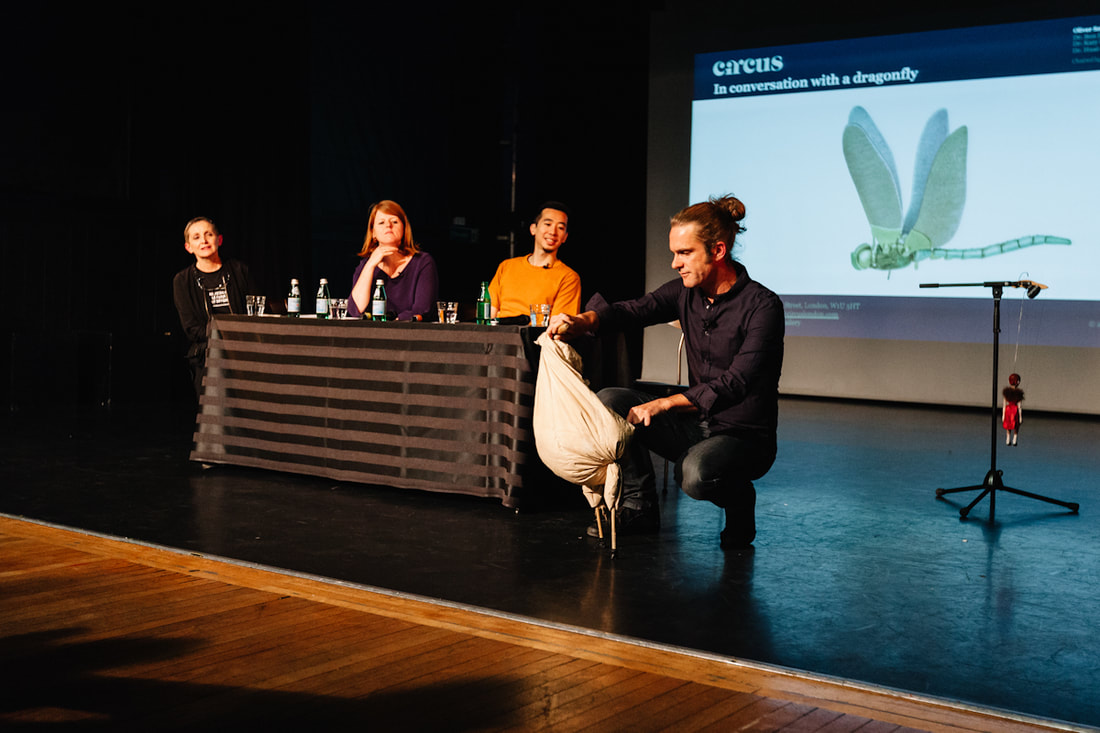
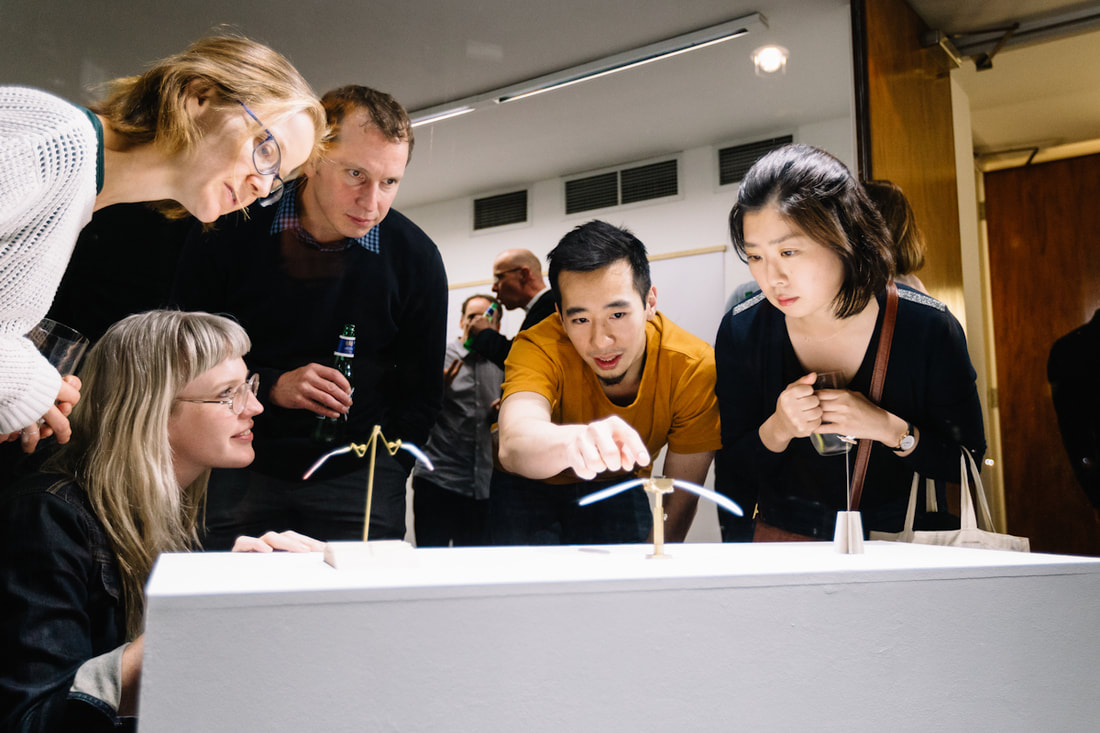
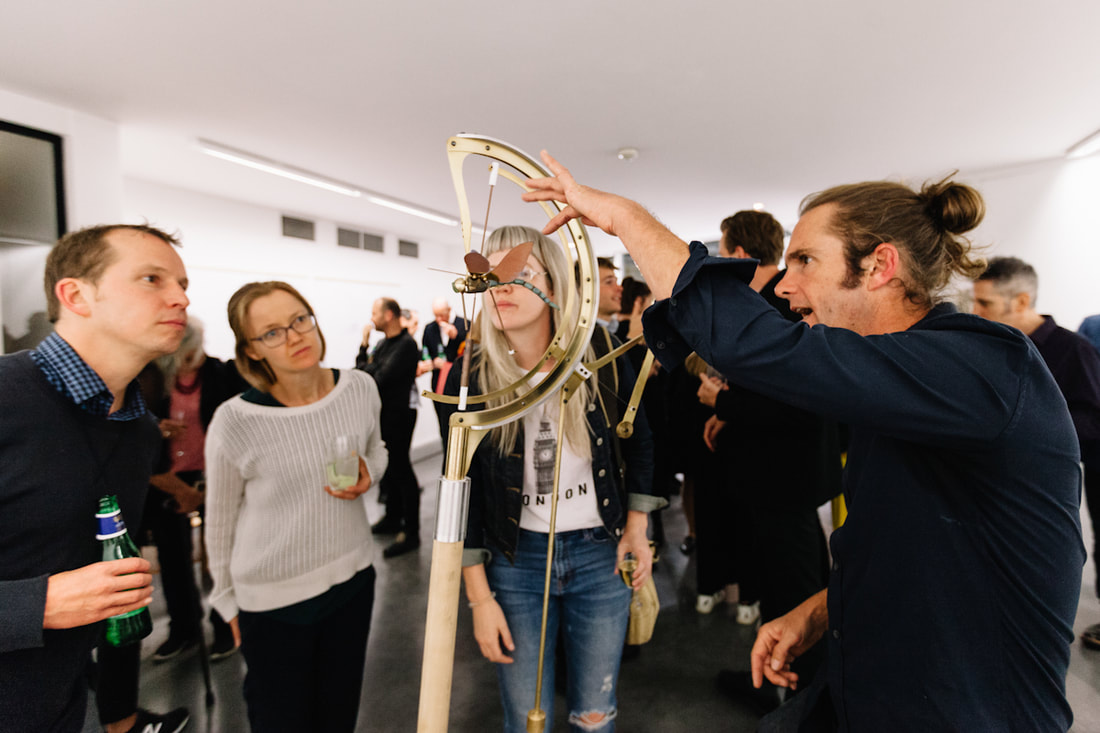
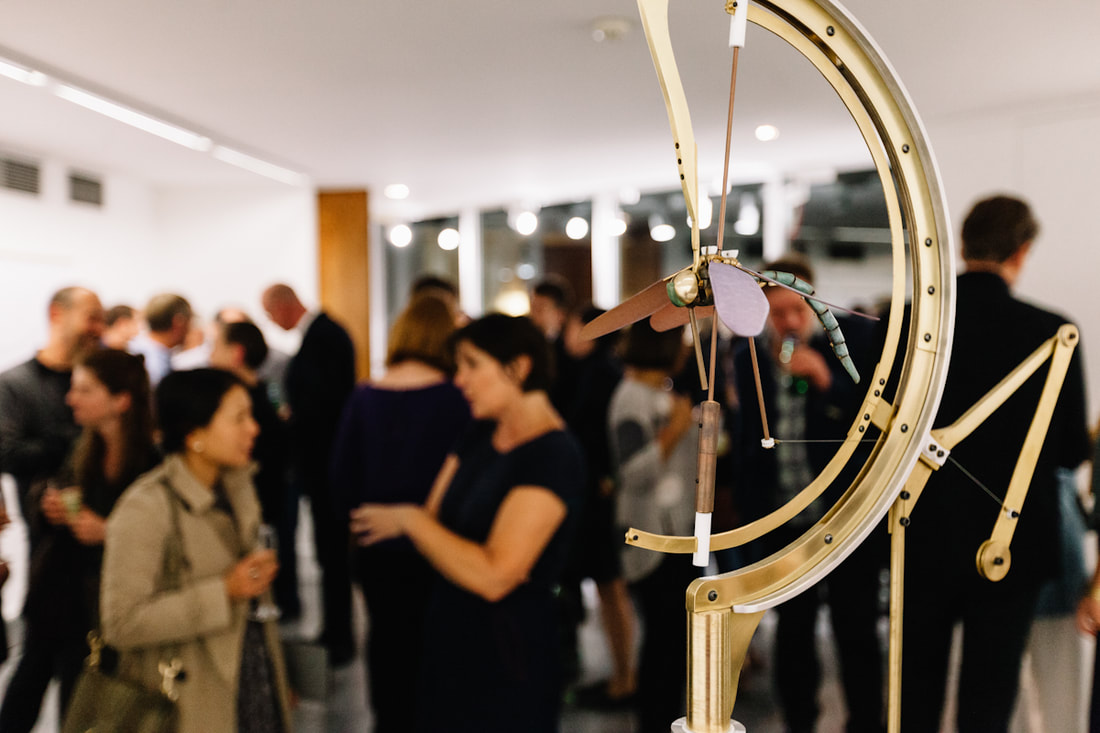
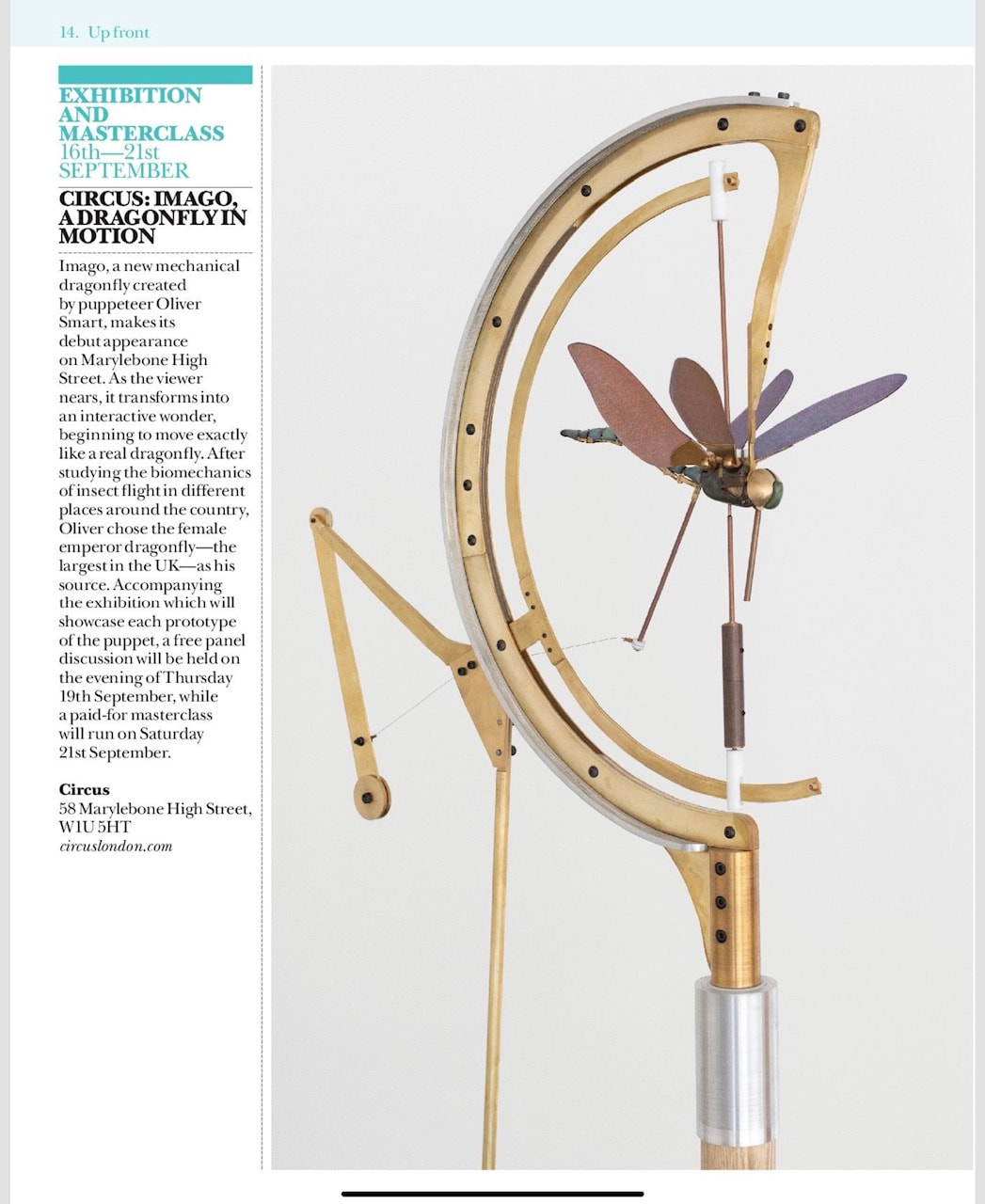
 RSS Feed
RSS Feed